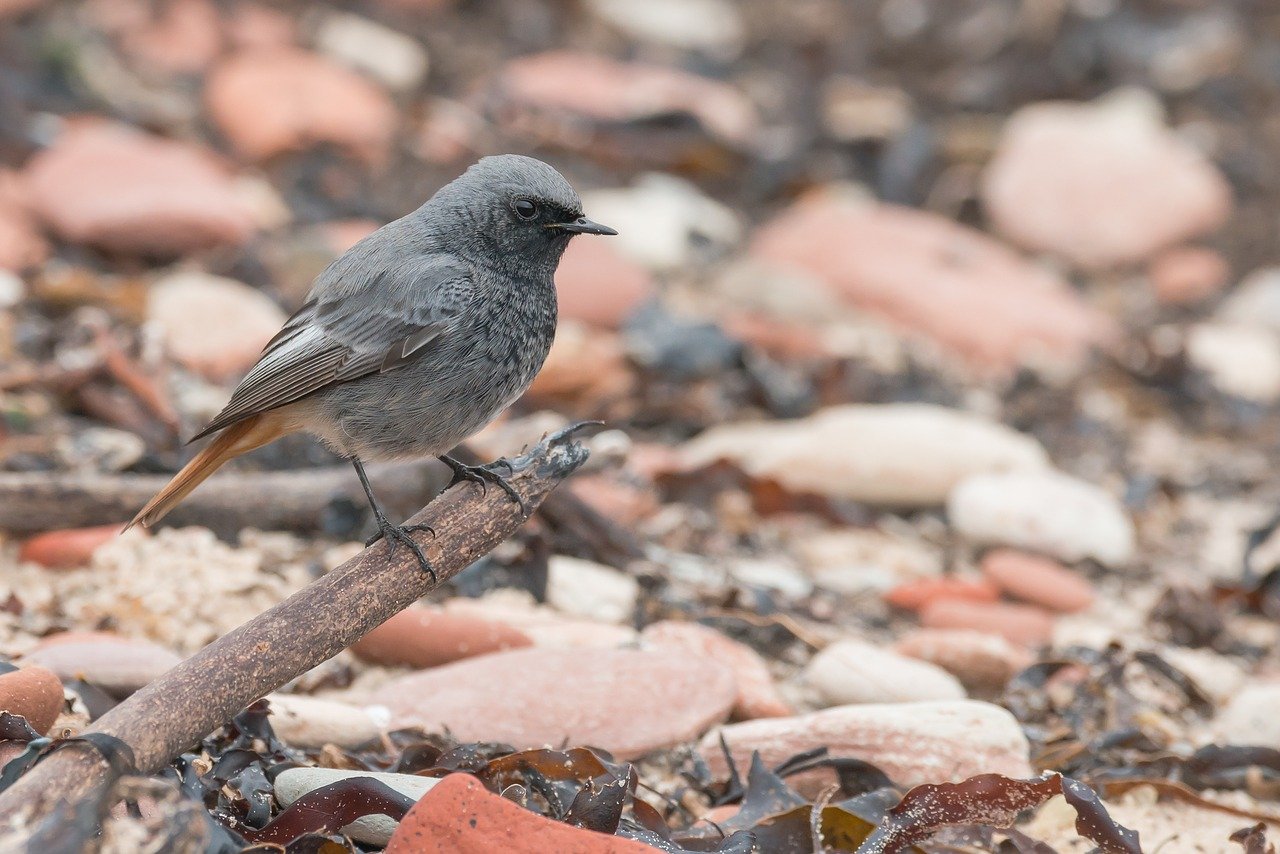Höstbiologi och sångaktivitet hos svart rödstjärt Phoenicurus ochruros i sydvästra Sverige
DOI:
https://doi.org/10.34080/os.v11.22852Nyckelord:
territorialitet, ringmärkning, häckningsframgångAbstract
I studied autumn biology of Black Redstarts Phoenicurus ochruros, i.e. territorial behaviour, song activity, flock structure, and social interactions. In spring, I located 105 previously colour-ringed territorial males and determined their breeding success. Of them, 34 (32%) were also seen the following autumn, and 15 (44%) of them returned next spring. Of 71 males present in spring that were not observed in autumn, 20% returned the following spring. The birds present in autumn produced 5.2 fledged young per breeding pair the next spring, compared to 3.7 for birds not present. A large proportion of the surplus of autumn individuals are probably yearlings that move from the place of birth before body moult. In autumn, aggressive behaviour occurs to a low extent among adult males when in flocks (e.g. at timber stores with high insect abundance). That individuals move between such food rich sites indicates high flexibility in autumn home ranges. The main purpose of song in autumn seems to be to monopolise rich food sites, which will increase their survival chances and may improve reproductive success the following spring.
Nedladdningar

Downloads
Publicerad
Referera så här
Nummer
Sektion
Licens
Författaren/författarna innehar copyright för varje enskilt bidrag, men samtliga bidrag är publicerade under en Creative Commons-licens, så att vem som helst kan dela och återanvända bidraget förutsatt att copyright-innehavaren erkänns.







